Is a Life Science Real Estate Bubble Forming?
What’s driving the biotech boom—and what’s ahead for its investment and development needs.
One of commercial real estate’s newest breakout stars, the life science sector has been propelled to new heights by the race for COVID-19 vaccines and innovative technology more than 10 years in the making.
Private equity capital, as well as public funding from such organizations as the National Institutes of Health, is pumping billions of dollars into life science research, development and manufacturing. After a record $26 billion in venture capital in 2020, life science investment soared to $39 billion last year, according to J.P. Morgan Chase’s 2022 Annual Outlook on the industry.
Even before this recent surge, life sciences had been steadily expanding for years. “Long before the pandemic, this was an industry that had been growing,” said Robert Albro, a partner at King Street Properties, one of the biggest owners and developers of life science properties in the U.S.
Over the past decade, the development of CRISPR—the acronym for a revolutionary gene-editing technology—kicked off a boom that is still going strong. In just a decade, the number of products related to gene and cell therapy soared from zero to 450, while Series A companies are still forming constantly, an important market indicator. Developing therapies has a long timeline; it can take 20 years to go from idea to finished product.
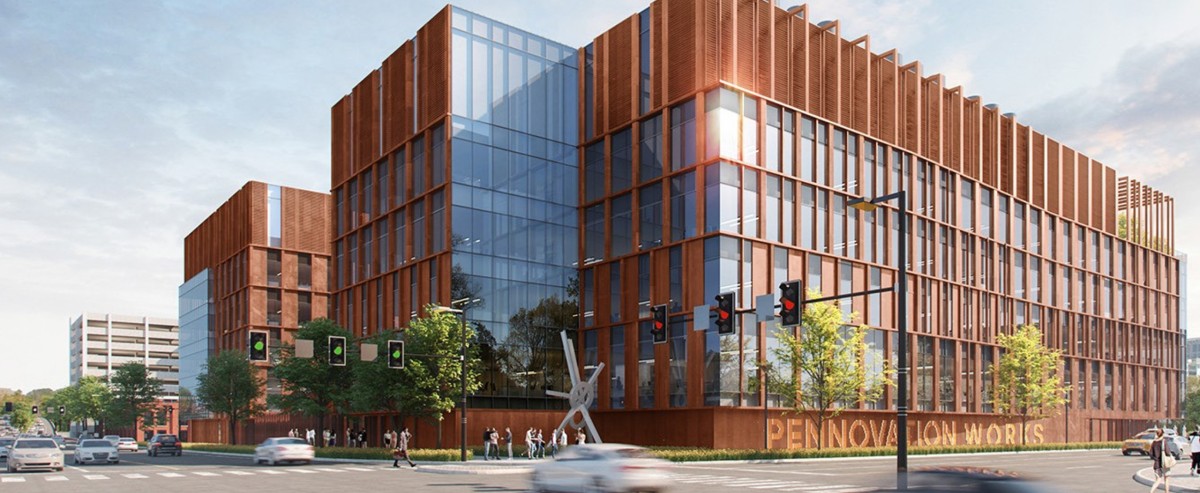
Philadelphia continues to expand its life science footprint with such projects as the $365 million research and manufacturing facility planned by Longfellow Real Estate Partners and the University of Pennsylvania. Image courtesy of Longfellow Real Estate Partners
Growing markets
In response to these trends, large-scale, state-of-the-art projects are sprouting up across the country. According to a recent Cushman & Wakefield report, 17 million square feet are under construction in the top 10 life sciences markets.
Boston, San Diego, and the Bay Area still rank as the most powerful hubs, but they have no shortage of competitors. “There are at least a dozen emerging markets to consider, probably more,” said Matt Gardner, who leads CBRE’s life science division in the U.S. Philadelphia and New Jersey have strong life science industries with long histories, while the Raleigh-Durham research triangle, Seattle, Boulder, Colo., Chicago, Atlanta and Houston are all showing growth. The connecting thread among these geographically diverse markets: a strong university presence, major medical facilities and a vibrant urban culture.
In New York City, which has long aspired to status as a biotech hub, a growing cluster is generating buzz. Long Island City, the Queens neighborhood where Amazon first announced and then cancelled plans for a second headquarters, is emerging as a favorite.
The enclave is an attractive location in no small part because Midtown Manhattan is a five-minute, one-stop subway ride away. And in contrast to its neighbor, Long Island City offers plenty of space to build. “Life science got to Long Island City before Amazon but has real staying power. A lot of the projects came about after Amazon pulled out,” said Bill Harvey, a Manhattan-based managing director at Newmark.
Harvey serves as the leasing broker for the 275,000-square-foot Innolabs, which is owned by King Street Properties and GFP and welcomed its first tenants last fall. Nearby, Boston-based Longfellow Real Estate Partners and Sculptor Real Estate are developing a 210,000-square-foot facility dubbed 43TEN. The $120 million conversion project is slated to open in the second quarter of 2023.
Still other projects are in the works, including a pair by Alexandria Real Estate Equities, the largest life sciences owner in the country. While these facilities are all adaptive reuse projects, the opportunity exists for ground-up life science development, Harvey said.
Elsewhere in the Northeast, Philadelphia is a rising life science leader. The city’s life science talent pool is ranked fourth in the country by Cushman & Wakefield, behind only Boston, the San Francisco Bay Area and the New York City-New Jersey region.
“There are so many companies looking for space, and we really had to scramble in Philly,” said Kate McNamara, head of real estate planning and development at Philadelphia’s Navy Yard for PIDC Philadelphia, the city’s economic development agency. Much of the 1,200-acre Navy Yard is being redeveloped to add new industries, and life sciences accounts for 11 million square feet of under-construction lab and manufacturing space on the campus.
McNamara credited Philadelphia’s rise as a life sciences hub to the cluster of top-tier research hospitals in the city, including the Children’s Hospital of Philadelphia (CHOP) and the foundational center for gene and cell therapy at the University of Pennsylvania.
“A lot of companies are spinning out of the University of Pennsylvania and CHOP and couldn’t put together enough space,” she said. In June, the university and Longfellow announced a $365 million, 455,000-square-foot development at Pennovation Works, a 23-acre campus adjacent to Penn’s campus.
The diagnosis
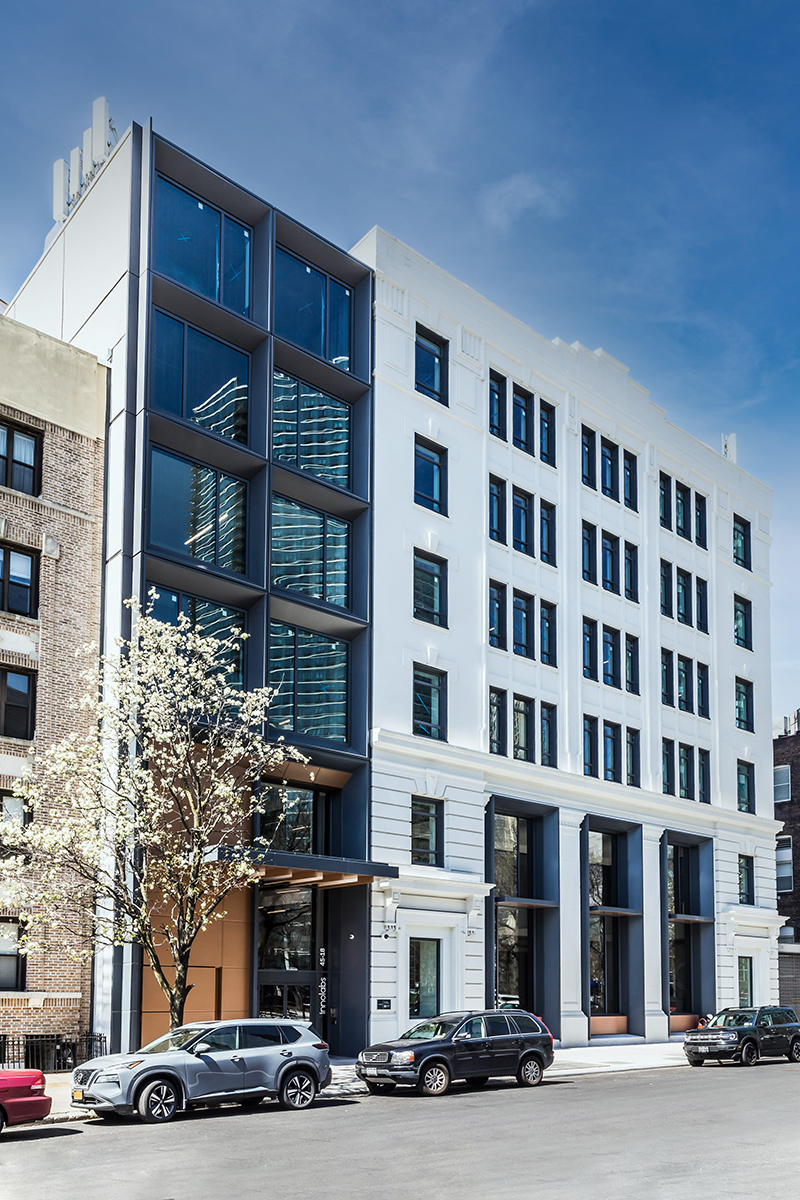
A joint development of King Street Properties and GFP, Innolabs has more than 250,000 square feet of lab space for biotech tenants in Long Island City, part of Queens, N.Y. Image courtesy of King Street Properties and GFP
With so much demand, product and investment capital flooding real estate’s life sciences sector, that begs a crucial question: Is a bubble forming?
The combination of factors suggests the possibility. All real estate sectors, no matter how well-performing, are subject to business cycles and financial market shocks, and industry leaders don’t rule out periods of instability for the sector. And as is often the case with fast-growing economic sectors, a shortage of professionals with specialized skills is a real concern.
As a result, industry insiders don’t rule out the possibility of instability or disruption. Yet they also advise that such unexpected events should be seen in context. “Will there be short-term turbulence? Possibly, but the fundamentals and demand are still there,” Albro said.
CBRE’s Gardner, a 30-year life science veteran, sees no bubble forming but suggests that a round of consolidation is possible: “We go through cycles in biotech like any other sector,” he said.
Interest rate hikes may cause the market to realign, and developers will need to use caution to make sure their projects and investments are sound, McNamara noted. That said, she added, signs point to continued growth for life science companies and the demand for more supply.
By all indications, pent-up demand for new research, innovation and cures will require life science facilities for years to come.
“Even if we still cure things at a rapid pace, given human nature, we will not get 1,000 of 10,000 diseases cured and say, ‘That’s enough,’” Albro said. “We’re going to keep evolving, and we think life science real estate will play an important role in that. Even in the current vibrant market, life sciences still represent only a fraction of the nation’s office inventory—and that leaves plenty of room for growth.”
That evolution is already playing out in the regulatory arena. The industry has been in conversation with the U.S. Food and Drug Administration and other agencies about crafting a new kind of agreement to speed up the clinical trials. If the process could be safely shortened, it could lead to a quantum leap in growth for the industry, Gardner said.
In addition to cell and gene therapy, investment in the biotech arena is being driven by a surging specialty: synthetic biology, which creates such products as advanced materials, refined chemicals, cosmetics and plastics. “I think those two big things”—cell and gene therapy, and synthetic biology—“will drive continued investment.” The field has attracted billions of dollars in investment, and some products are close to being ready for market, Gardner reported.
For McNamara, helping to expand the life sciences industry in Philadelphia goes deeper than creating jobs and investment. It’s about the reach of the science itself, beyond the borders of the biotech hub.
“We have two companies in the Navy Yard working on cures for cancer,” she said. “It’s amazing what they’re doing, and if they’re successful doing it, it will change how we handle disease in this country and worldwide. It’s really game-changing. The more we can help them grow and thrive and get out to market, it will be transformational.”





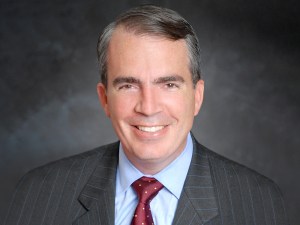
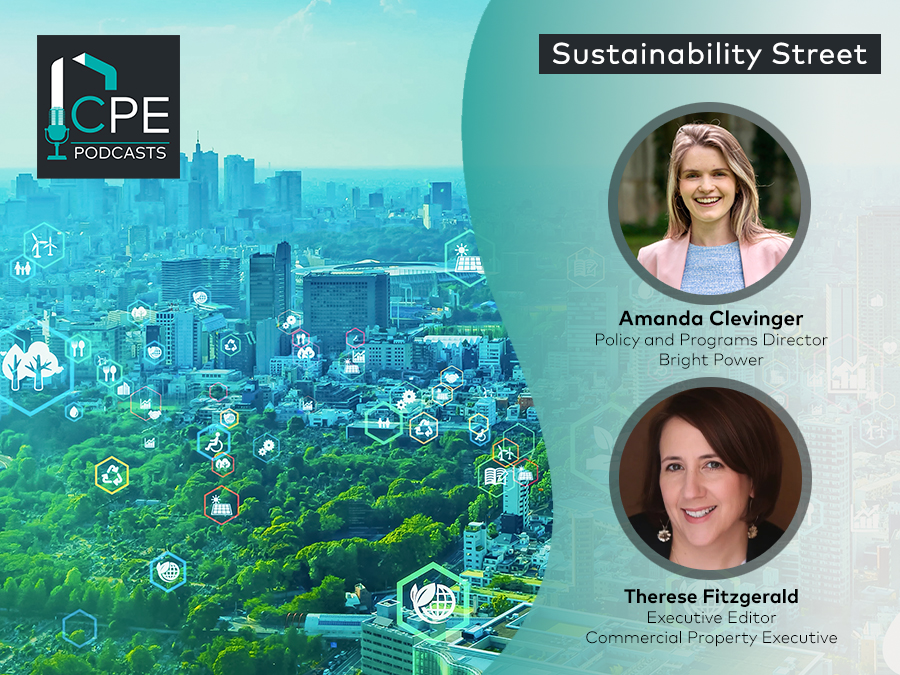
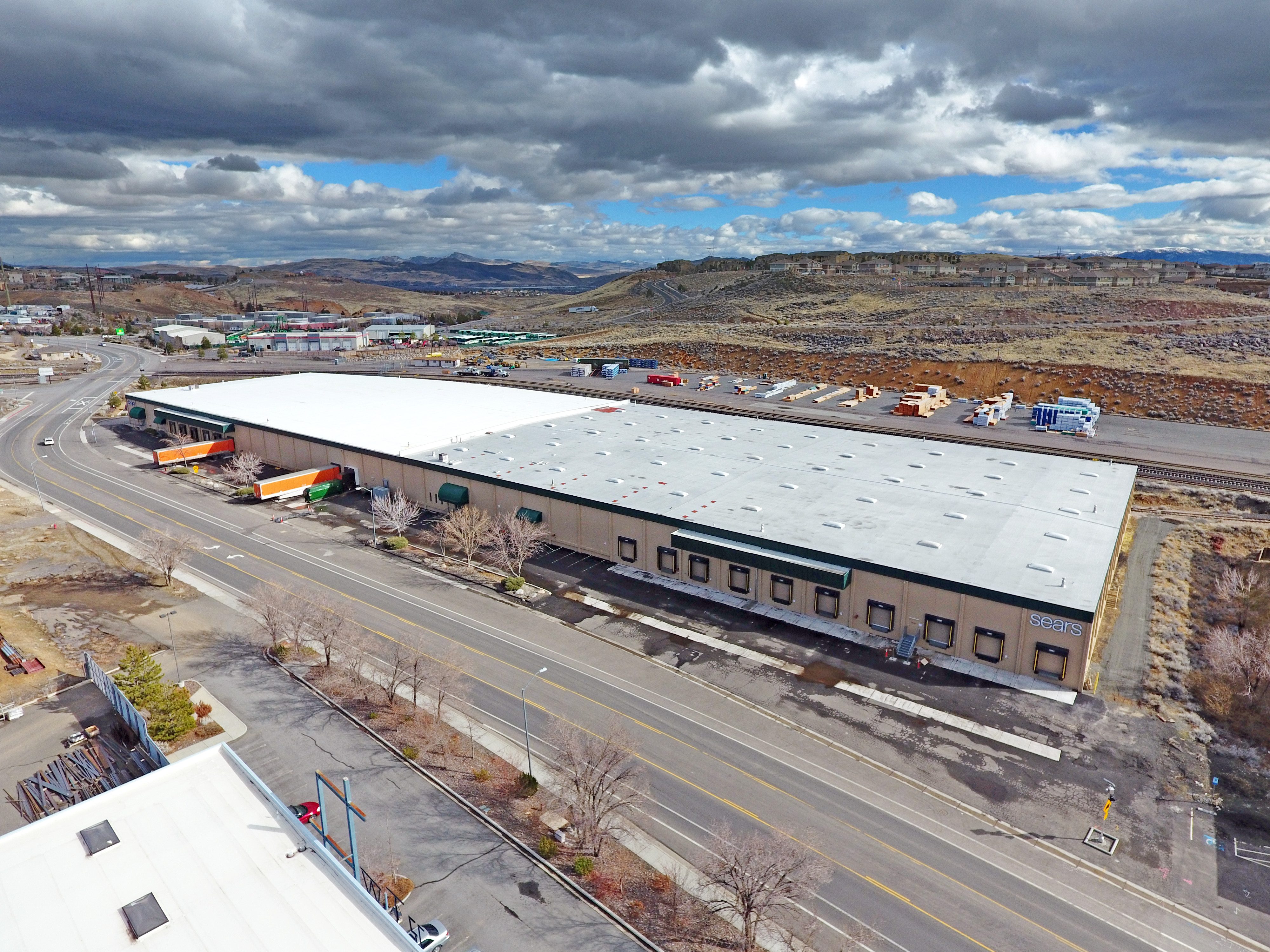
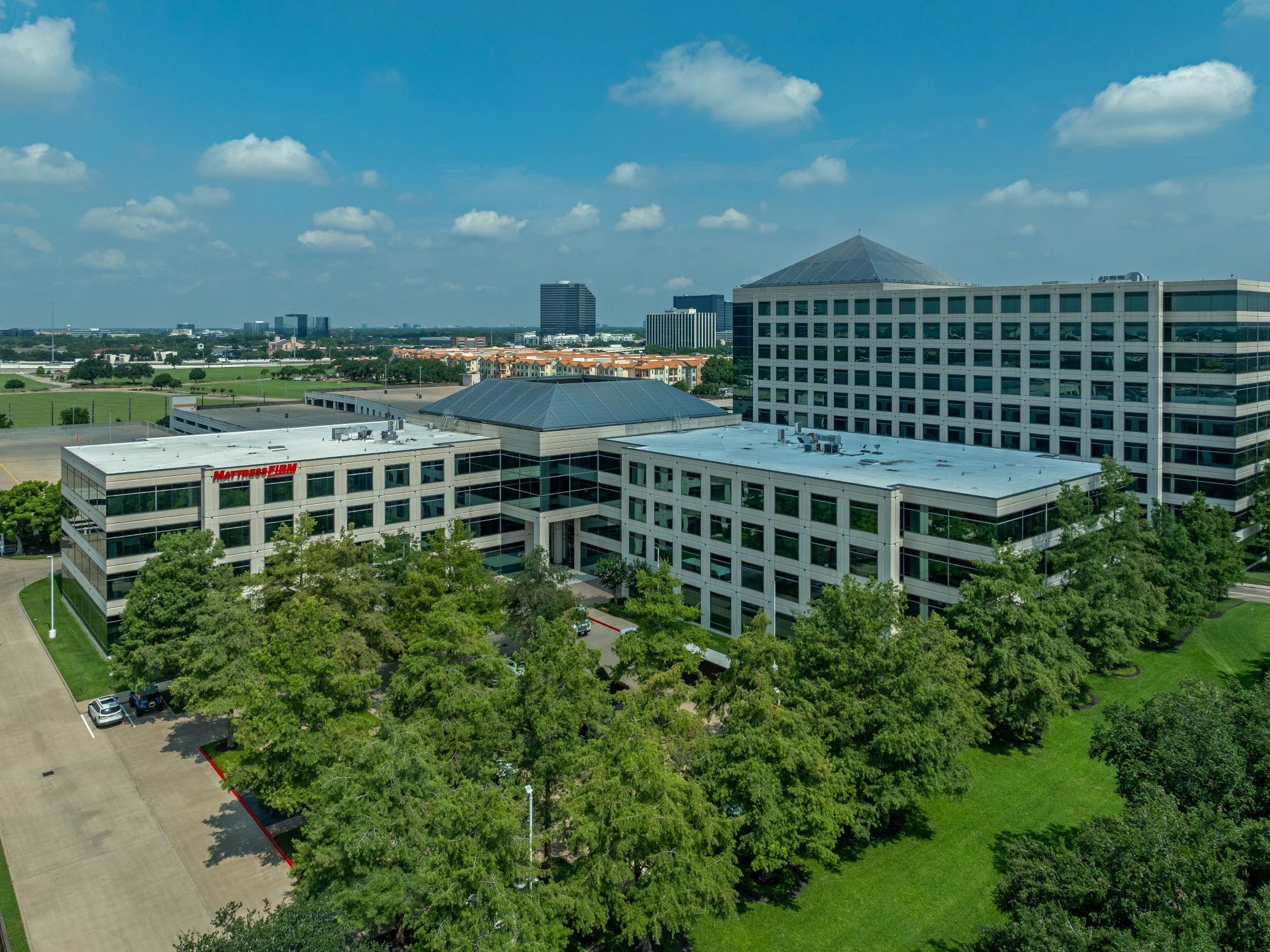
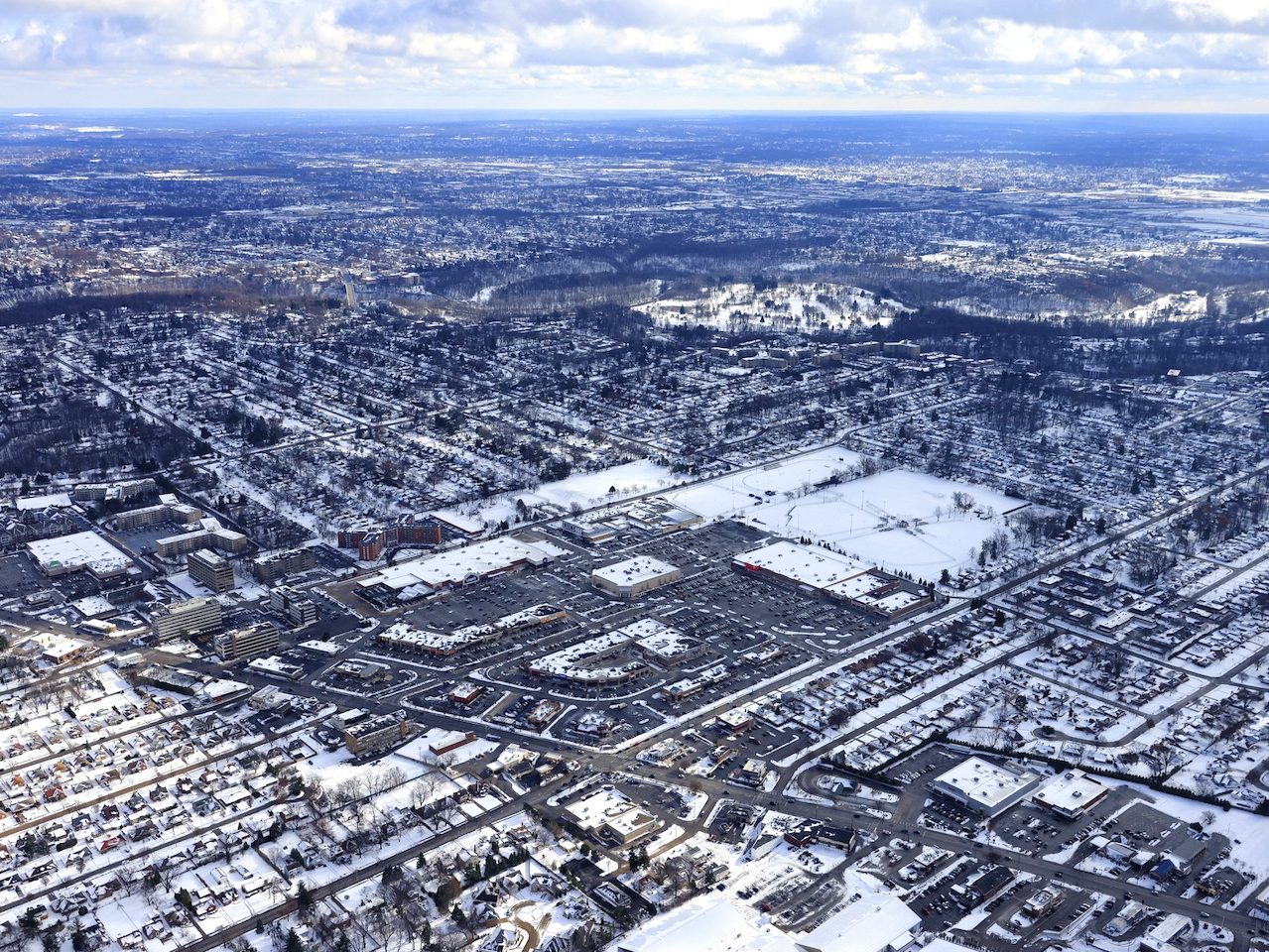
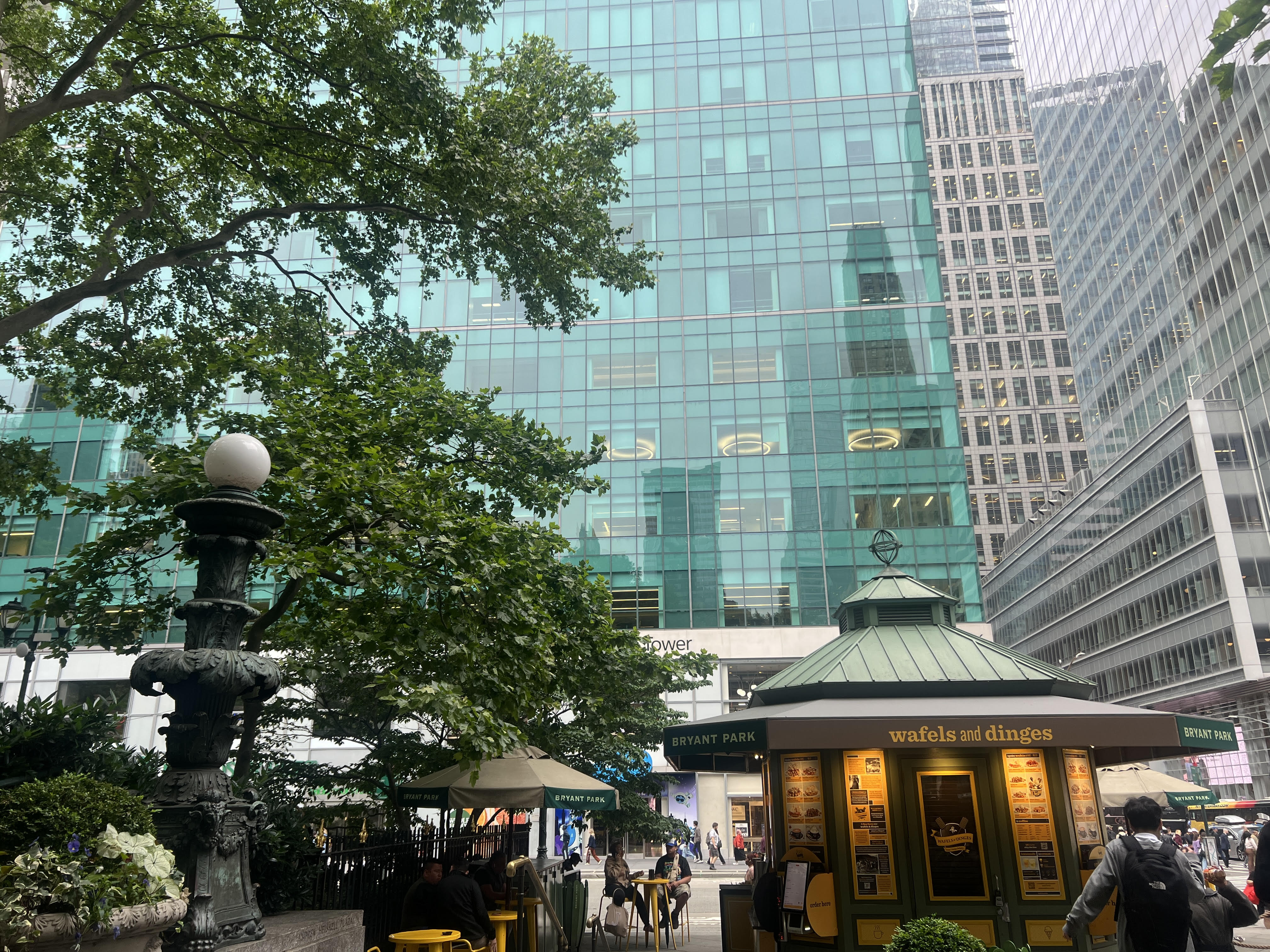
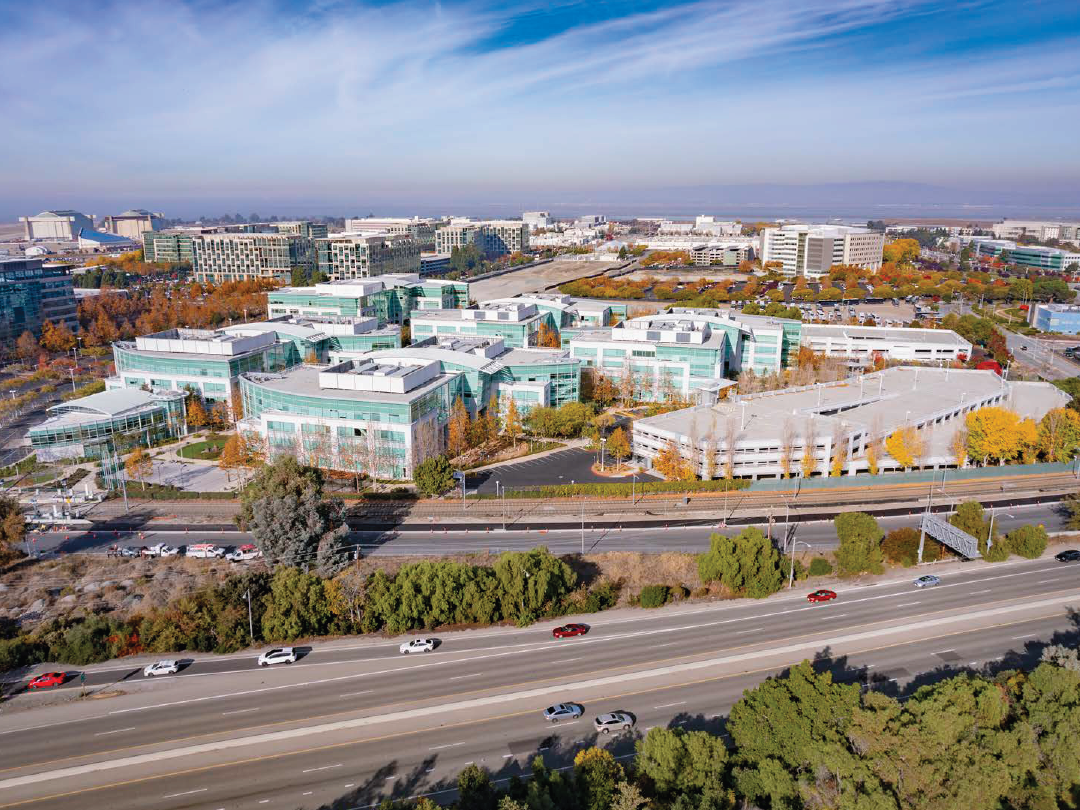

You must be logged in to post a comment.